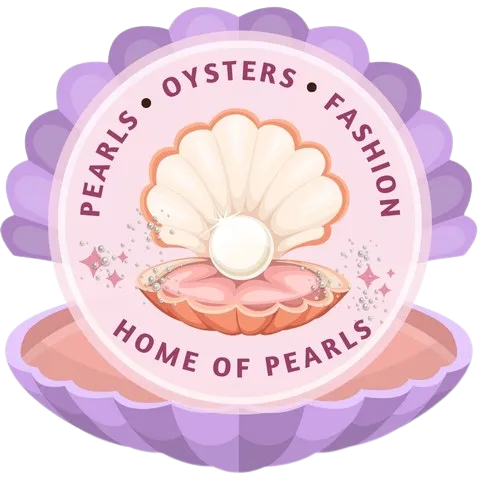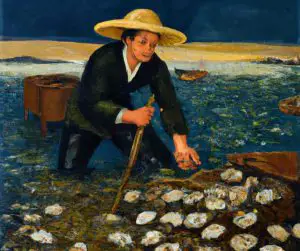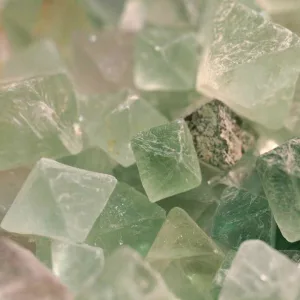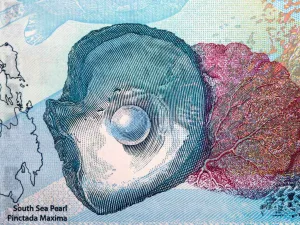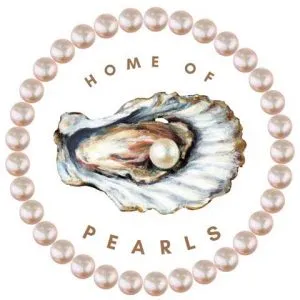Unraveling the Mystery of the Clam Pearl
When it comes to pearls, clams are seldom the first creatures that come to mind. However, their ability to produce these luminous spheres of beauty is a phenomenon worth exploring. In this article, we delve into the fascinating world of the clam pearl, a precious rarity that showcases the charm of nature’s hidden treasures.
Understanding the Clam Pearl: The Basics
Clam pearls, or ‘Quahog pearls,’ are produced by a species of clam known as Mercenaria mercenaria, native to the Atlantic coasts of North America. Unlike their oyster counterparts, clam pearls are not typically a result of a formal cultivation process, making them a fascinating natural occurrence. These pearls are characterized by their unique color range – from milky white to deep purple, often exhibiting an intriguing mix of shades.
The Formation of Clam Pearls: A Natural Marvel
The creation of a clam pearl begins when an irritant becomes lodged within the clam’s body. To protect itself, the clam secretes a substance called nacre around the irritant. Over time, through continuous layering of nacre, the irritant is transformed into a smooth, spherical clam pearl.
The process of clam pearl formation is entirely natural and unpredictable, making each clam pearl a unique, priceless gem. This unpredictability and the resultant scarcity make clam pearls extremely sought after by collectors and jewelry enthusiasts alike.
The Allure of Clam Pearls
With their extraordinary color spectrum and rare occurrence, clam pearls are synonymous with uniqueness and individuality. These gems from the ocean’s depths offer a fresh, unconventional alternative to traditional pearls in the world of high-end jewelry.
Additionally, their rarity and the organic process through which they are formed, give them a romantic allure. A piece of jewelry made from clam pearls carries not just aesthetic appeal but also tells a compelling story of natural metamorphosis.
Just as with any pearl, clam pearls require specific care to maintain their luster and charm. Avoid exposing them to harsh chemicals or abrasive materials, which may damage their surface. Instead, gently wipe them with a soft, damp cloth. When storing, keep them separate from other jewelry to prevent scratches.
Final Thoughts
To conclude, the clam pearl is a testament to nature’s wonder, a gem of the sea created through a beautiful interplay of chance and time. Whether you’re a jewelry aficionado, a collector of natural treasures, or someone drawn to the allure of the unique and scarce, the clam pearl is a captivating marvel worth exploring.
For more intriguing articles about nature’s hidden gems, remember to bookmark our page and subscribe to our newsletter. Every clam opens up a new world of knowledge and wonder, and we look forward to sharing these insights with you.
Frequently Asked Questions
What are Giant Clam Pearls?
Giant Clam Pearls, or ‘Tridacna Gigas Pearls,’ come from the largest living bivalve mollusk – the giant clam. These magnificent creatures can be found in the warm waters of the South Pacific and Indian Oceans. Unlike the lustrous, smooth pearls we’re familiar with, these pearls, also known as ‘clam pearls’ or ‘porcelain pearls,’ exhibit a unique porcelain-like appearance with flame-like or cloudy patterns.
How are Giant Clam Pearls formed?
The formation of Giant Clam Pearls is indeed an intriguing process. Similar to other natural pearls, they form when an irritant becomes trapped inside the clam. The clam then starts to secrete a substance called nacre, which envelops the irritant. Over years, and sometimes decades, this layering of nacre results in the formation of a pearl.
However, one point of difference between the Giant Clam Pearls and the more familiar oyster pearls is that Giant Clam Pearls are non-nacreous. This means they lack the iridescent, ‘mother-of-pearl’ luster. Despite this, they showcase their beauty through captivating patterns and a variety of hues from white, cream, to golden brown.
How expensive are Giant Clam Pearls?
The value of a Giant Clam Pearl is determined by its size, shape, weight, and quality of the surface. The pearls can grow to impressive sizes, with some weighing over 30 pounds. The biggest Giant Clam Pearl ever found, named the ‘Pearl of Allah’ or ‘Pearl of Lao Tzu,’ weighed an astonishing 14 pounds. It’s not just their size but their rarity that adds to their charm and value.
